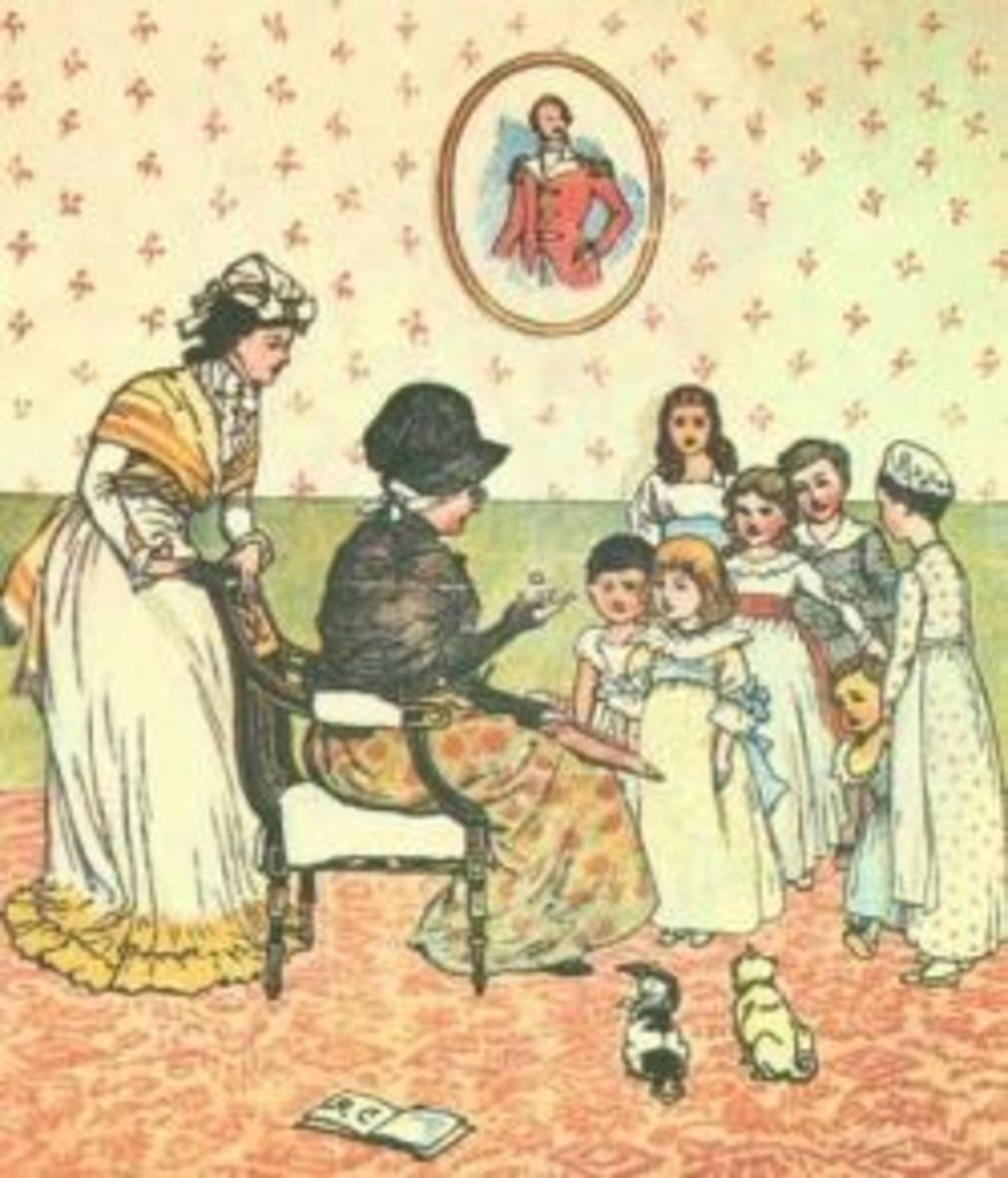How to Improve Your Creative Writing Skills

Writers all think that writing a story should not be formulaic in any way, shape or form, but when a story is done, a story always has a system if it is flowing correctly and results in the reader’s satisfaction. The system that all stories fall into is known as the 8-point arc.
When beginning to write creatively, a new writer needs somewhere to start and some way to think of a story in an almost mathematic sense. Knowing the 8-point arc can lead to properly structured stories that seem to rise in height to the best place that the reader follows the journey to. Entering the story we must progressively heighten that story in order that the resulting staircase doesn’t have too wide of steps or too tall of steps but is a one step at a time journey. Planning a story around the 8-point arc provides each step with a proper height and a proper width and the reader climbs with a relatively similar speed with each story that they may have enjoyed. There is nothing new about story writing and the reader has become savvy enough to detect very early that a story’s plot and ease of reading is nonexistent.
What are these 8-points? I will discuss each point according to the point of their importance and the proper use of them when constructing your story.
Writing’s 8 Points
- The Stasis
- The Trigger
- The Quest
- The Surpise
- The Critical Choice
- The Climax
- The Reversal
- The Resolution
The First Point of Story Structure
Stasis is the world in which we enter. During the introduction, we should get to comprehend the character’s every day world. This world and this situation define everything.
In a show like The Walking Dead we open the series with a police officer and his partner and they end up talking about their issues with the women of their lives. We get familiar rather quickly with how one seems to be a bit of a womanizer and the other is a married man. We soon find ourselves drawn to a car chase and the married man sheriff ends up shot.
This is the stasis. We gain some familiarity with our characters’ world and come to an understanding of exactly who we are dealing with and the world in which they live. The stasis is where what enters this world as in the beginning but stasis can change. That is a part of plots and story structure. Just because we enter the world as policemen who have women troubles and all else is completely normal does not mean circumstance cannot change according to our next point on the arc.
The Second Point of Story Structure
The trigger is the point by which circumstance changes. The trigger is writing the story’s reason and purpose for the journey about to be taken. The trigger departs from the stasis and something must be done because this trigger has set forth circumstances to propel the characters into something they cannot change by wishing it so. Something has to happen. This is otherwise know as the inciting incident and in longer fiction should still happen fairly quickly in order that the reader becomes invested.
In The Walking Dead we quickly discover that the fallen policeman is in the hospital and something is not quite right. The world has changed drastically while he was unconscious. The world has turned into a nightmarish land of the walking dead and our sheriff is catapulted into a situation that he is forced to take control of.
The trigger does not have to be met with bravery or action at first. Your characters may take some time to get a handle on their emotions and self-doubt. They might cry or lay in bed for a month. It doesn’t matter how they initially respond to this sudden problem, but it is sure that a problem needs to arise. The problem does need to be so catastrophic as to encompass the entire world. It can be a problem as small as seeing a black mole on their arm and beginning to think it may be cancer. It can be that they find a briefcase full of money and do not know what their luck is really bringing them.
Whatever you choose is up to you and the journey’s need arises when the trigger is set off.

The Third Point of Story Structure
Now it is time for your character or characters to begin walking toward their destiny. The quest is when your characters make a decision that they aren’t just going to sit idle and wish things weren’t so wrong. They will stand up and begin working toward trying to resolve their problem.
In The Walking Dead the quest begins when our sheriff decides that he must find his family and that no zombies are going to stop him from finding them. He heads to the police station and gathers guns. He learns how to kill the zombies and looks a bit stouter than that blank eyed man he came out of the hospital as. This is the point where we begin walking toward a goal and the pace starts to speed.
Whether or not the trigger is bad or good is of no consequence, there must always be a journey toward something and our next point complicates that journey so that things aren’t too easy.
The Fourth Point of Story Structure
We can be pleasantly surprised or have traumatic surprises. The Surprise is the point of our story that takes up the largest part of our story. These surprises should not be easily predictable but should make the reader surprised and thinking that they should have seen all of it coming.
Surprises can come in many different forms. They can be complications or obstacles or new knowledge that either propels the character forward or causes a hindrance in their quest.
In the early episodes of The Walking Dead we have a lot of stuff going on. Our sheriff discovers that finding his family is not going to easy when he enters the city. He is met by his first herd of walking dead and becomes stranded and isolated in a tank. He is safe, but he cannot just walk out on his own. When a voice begins talking to him from the tank’s radio we don’t know what is going to happen or who it even is.
One thing in this particular episode of The Walking Dead that is positive, our sheriff must make a decision. Will he trust this guy or will he remain safe inside the tank?
Story Structure - How to Improve Writing SKills
The Fifth Point of Story Structure
At this point we are facing a critical decision and we define our character under a high amount of stress. These situations can lead to any end but they must be placed into your story in order to define your character and result in a higher place up the arc.
The moment in The Walking Dead when our sheriff is stuck in the tank and the voice is calling to him and telling him what to do and when to do, the sheriff is forced to reveal that he cannot do this alone. His critical choice to trust a fellow survivor enlightens us to what is coming and how the journey to find his family must be made.
The Sixth Point of Story Structure
The climax is probably one of the more well know points of the story. Even the layman knows when they have reached the climax in a movie. The climax is the result of your character’s critical choice. It is the highest point of the story’s excitement. Whether the character wins or loses doesn’t matter at all, what does matters is that your reader or audience is drawn into the excitement and care about the outcome.
In The Walking Dead episode that I have been referring to (early season 1), our sheriff makes his decision and decides to accept help from the outside and from an outsider. He leaves the safety of the tank and we are thrust into the heat of his fear as the herd of zombies at first doesn’t notice him but then grows aware and begin trying to get to him. A chase ensures and the sheriff’s fear becomes ours.

The Seventh Point of Story Structure
The reversal is the inevitable result of the critical choice and the climax. Everything changes at the reversal. Again, it can be negative in nature or positive. Nothing has to be like someone has done it before, but it does have to happen. Just like driving is the stasis and driving fast is the trigger and the wreck is the climax, your story must have some result. Is the driver dead or just hurt? Whatever you would decide, the reversal is the reversal of the protagonist’s world situation.
In The Walking Dead, after our sheriff gets away from the zombies, he meets the first of his future cast mates. His choice to trust leads him one step closer on his path to being able to find his family. The reversal is that he is no longer alone.
The Eighth and Final Point of the Arc
The resolution is a return to some normalcy. The characters will be wiser and they will be changed from their struggle but they can now rest again. The story is complete and no ends are left untied. The resolution leaves a feeling of satisfaction in the audience and the reader.
Writing Skills
Do you practice writing daily and did you know this is how to improve writing skills?
Writing to be Completely Satisfying
In television shows like The Walking Dead we have many of each one of these points of the arc. That is the nature of television. Each episode of a series must always be intriguing and satisfying and exciting. So, the result is a lot of examples of each point can be drawn from one episode or the entire series. The stories on television have to be epic in nature. They are large and one central problem is what everything revolves around and keeps the story moving toward the series finally or the final resolution.
In The Walking Dead we are driven to attend each episode because we want to know what happens and if the living dead problem will ever be resolved. But we are interested in watching because each episode’s arcs on varying subjects and situations. Watching television can teach you a lot about how stories are thought up and designed. Each one of us have this arc ingrained into our minds and you should use it when designing your own arcs.
Whatever you write about in any of your stories, this system is not a design for setting rules, it is a design to keep the story structured correctly and according to an age old recipe on good story telling. Writers bend the rules often but never so much as to leave the reader dissatisfied and losing interest. The point of this arc is to keep your writing completely satisfying.
Keep writing and never stop dreaming.





